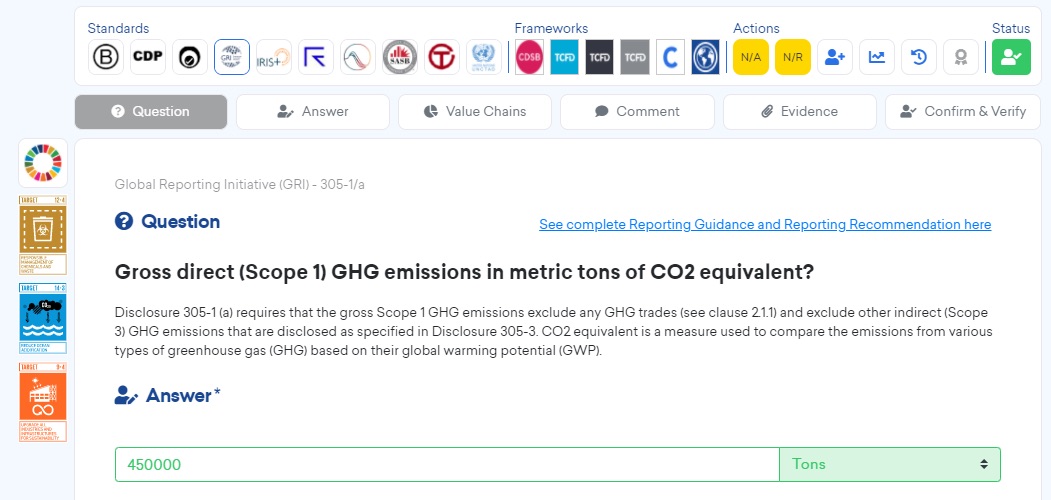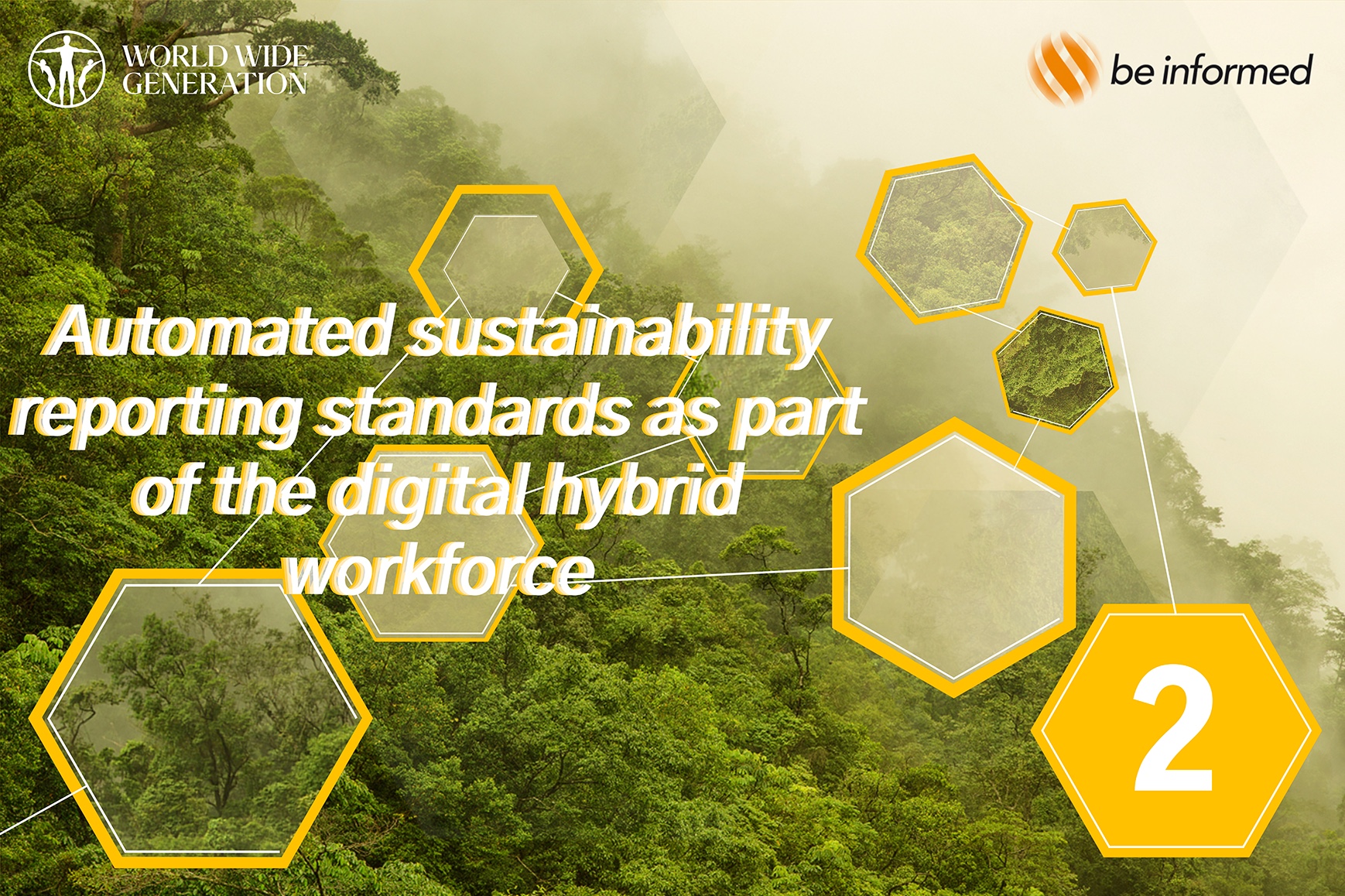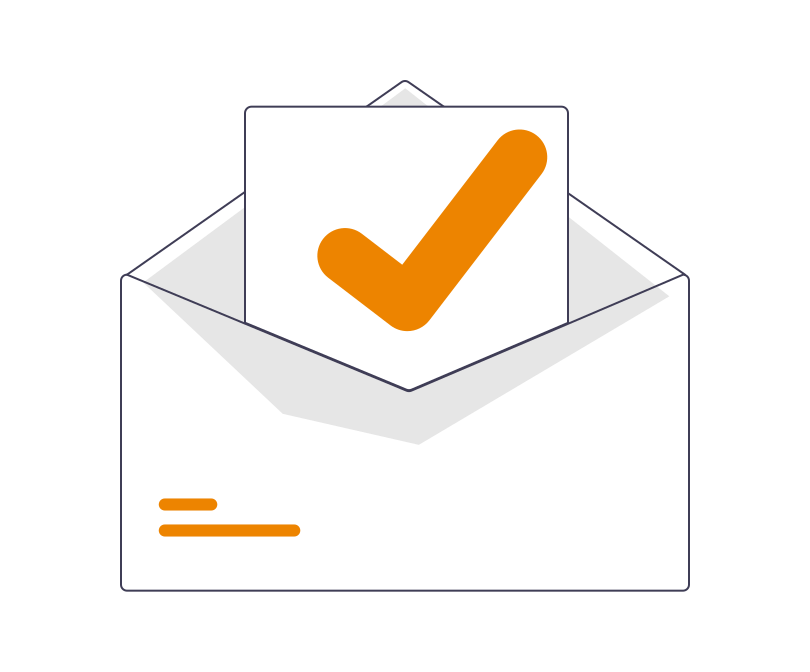Welcome to the second blog in this collaborative series with World Wide Generation, where we look to explore the possibilities automation and AI can offer sustainability reporting as the world collectively embarks on a global sustainable transformation. Missed our previous blog? Read it here: blog 1.
Overview sustainability standards
The most universal and widespread voluntary standards and frameworks a company could consider for its sustainability reporting are as follows:
- GRI – Provides frameworks and guidance on sustainability reporting for issues, such as human rights, governance and climate change.
- CDP – Runs the global disclosure system for investors, companies, cities, states and regions to manage their environmental impacts.
- SASB – Enables businesses around the world to identify, manage and communicate financially-material sustainability information.
- IR – Guides the development of integrated reporting on value creation.
- CDSB – Produces a climate change reporting framework.
- TCFD – Climate-related financial disclosure that is fast becoming an industry standard.
The standard-setters above are the most noteworthy players in the reporting landscape. Yet there are dozens more standards, guidelines and frameworks that companies may report to. These companies are likely overwhelmed filling out survey after survey resulting in hundreds of questions to answer. The standard-setters must have realized a change was necessary. During 2020 they made a concerted effort to try and work together to develop more cohesive corporate reporting. Consequently, these organizations have published a shared vision on the key elements for more comprehensive sustainability reporting and a statement of intent to drive towards this goal[2].
Dealing with similar questions from different surveys
However, it remains to be seen if the standard-setters can successfully cooperate to create a set of comparable standards that meet the needs of a magnitude of different stakeholders. Although this intent of collaboration between the standard-setters is significant, we are still left with the seemingly age-old issue of too many standards asking slightly differently worded questions, with the same objectives. Furthermore, different standard-setting organizations have a variety of contrasting stakeholders resulting in certain industry-specific metrics, which causes further proliferation and confusion.
Nevertheless, within and between industries, there is a large number of metrics that are duplicates, essentially asking the same thing and trying to reach the same objectives. One of the major hurdles to reporting is the multitude of surveys requiring similar or duplicate information. This is time-consuming, tedious and may perpetuate errors in the data.
Improve alignment and manage duplication
To reduce the excess workloads of companies looking to report on their sustainability issues, a clear way of mapping overlap and duplication of metrics between reporting standards is needed. Metrics such as Scope 1 emissions, water consumption and energy usage can end up being repeated multiple times across these standards, resulting in frustration for the companies having to continually replicate the same data. Mapping of these duplicates enables companies to increase their reporting efficiency and identify, when reporting against a specific metric, replications in multiple standards.
Auto-populated answers across duplicate questions
If we are to meet the Sustainable Development Goals by 2030, companies need a way of identifying how they are contributing towards the SDGs. Company Tracker, an application created by WWG, aids companies in determining how their actions are assisting in the successful delivery of the SDGs. With a diverse range of standards and frameworks available to companies, it simplifies reporting practices and demonstrates the overlap of different standards and frameworks, which are on display on the WWG platform.
Mapping has been carried out between standards and frameworks such as CDP, GRI, UNGC, TCFD, and many more to discover the overlap and interconnected nature of sustainability reporting. When answering a question that is duplicated across multiple standards, the answer is auto-populated across these metrics to enable streamlined reporting. Companies can then easily identify data points for use in multiple surveys and download these for further analysis. Between the duplicated metrics there are often key terms and phrases that are repeated. This makes it easier to recognize duplicate questions.

Automating the process of mapping standards
Although the Company Tracker application does automate the process of data being imputed into a question and then populating other duplicate metrics, the process of mapping standards to each other is still manual and time-consuming. If this process were to be automated, it could drastically improve the speed in which standards and frameworks can be mapped to each other enabling more duplicate metrics to be identified.
Mapping of duplicates between standards involves the mixing of data from different systems and sources. Currently, data from individual standards sit isolated on individual corporate spreadsheets or PDFs, as part of data gathering legacy systems. However, the high level of overlap between systems is ideal for automation.
Advance to a hybrid digital workforce
An opportunity for Be Informed, who offers orchestration of the reporting standards, fast-tracking the process of mapping duplicates and stringently aligning reporting metrics. Goal-oriented inferences with specific rules can be created which allow easy tagging where there is duplication between metrics. The result is a significant cutback in duplicate metrics and a reduction in the amount of standards and frameworks in need of manual mapping. It is safe to say, Be Informed contributes to agility and resilience in the process of sustainability reporting, saving time, human effort and reducing errors. This is all part of an advance towards the hybrid digital workforce. Human resources, robots and cognitive systems are blended, driving performance by offering employees the flexibility to get the most relevant work done, without the interruption of monotonous tasks.
Register here
Add something new and something better to your business this year. Reimagine Corporate Sustainability with the best sustainable development tool in the market, register here, and fast track your processes with not just automation but hyper-automation from industry experts, register here.
[1] https://www.irmagazine.com/esg/tcfd-goes-mainstream-investor-demand-grows
[2] https://www.cdp.net/en/articles/media/comprehensive-corporate-reporting






